-
Posts
10042 -
Joined
-
Last visited
-
Days Won
563
Content Type
Profiles
Articles, News and Tips
Forums
Posts posted by Hervé
-
-
Camera is not detected at all. Given that I see no camera device at PCI level, it can only be USB based as expected but it's not seen, probably due to incorrect USB ports mapping or conflicting settings.


I see some incorrect setup in your config:
- macmini8,1 SMBIOS is, for me, incorrect and you should be using an MBP profile such as MBP15,x or MBP16,x.
- you inject USBInjectAll and USBPorts kexts + USBToolBox kexts; that's wrong to me. You should not be using USBInjectAll with other stuff. Ideally, map your ports according to the well known process; using Hackintool app for instance. I'm pretty sure you'll recover the camera once that's properly done.
- On the 7490 I once had and my current E7270, all I used/use is USBInjectAll with MBP13,x/14,x/15,x/16,x SMBIOS and the camera always worked/works:
-

- you have XhciPortLimit quirk enabled; from memory, this should now be disabled. Personally, I've never had time to use it.
On other matters, I see that your 5290 has a Realtek RTS525a card reader but no kext for it, so it's unusable at the moment. But maybe you don't care about that device.

-
Released June 23rd, 2025.
Build 25A5295e.
Available through OTA updates.

Straight updates with 3 reboots to complete. Same bootpack as used for beta 1.


Findings/bugs:
- Audio is gone because AppleHDA is missing from /S/L/E
- Firevault is enabled by default; this is quite annoying
- New and improved desktop widgets management
- etc.
Apart from the loss of audio and the absence of support for legacy Broadcom Wifi, all the rest is working relatively fine on my Latitude E7270.
-
 1
1
-
Hello, can't see any reason why a MacBookPro SMBIOS would not work.
But you're not posted anything regarding your setup so start with:
- hardware specs of your machine
- zipped copy of your EFI folder (OpenCore? Clover?)
- zipped copy of saved SysInfo output
- zipped extract of IOReg from an app such as IORegistryExplorer
Webcam usually are USB-based and, provided you've properly mapped your USB ports, should work either OOB or not at all.
-
Once OCLP is updated for Tahoe, it should be good too.
-
Updated for 2025.
-
Restoring support for dropped GPUs in macOS Tahoe.
Tahoe did not drop additional GPUs. As such, the same patches that applied to Ventura, Sonoma and Sequoia can be expected to apply to Tahoe. OCLP will require updating for Tahoe.
Meantime, for Skylake iGPUs, the same good old patches cab ne applied to obtain full graphics acceleration in Tahoe, i.e. fake KBL graphics.
-
Updated following the release of macOS Tahoe 1st beta.
-
List of dropped platforms for this last Intel-compatible macOS version extends to 8th gen. Coffee Lake Macs and 10th gen. Ice Lake MacBookAir9,1.
Surprisingly, good news again for Skylake platforms, given that KBL graphics drivers are again retained. As such, SKL graphics remain supported through the same patches used for Ventura, Sonoma and Sequoia. On the wireless front, OCLP patcher will need to be updated for Tahoe so that legacy Broadcom cards are supported again.
Users will notice a very different graphics design, from the Finder's bar (background can be displayed or hidden) to the shape & look of the Windows, the file icons and animations such as brightness or audio control. And kexts for USB ports mapping won't work properly but patched ACPI table SSDT-UIAC does, so use that meantime. It can easily be generated with tools such as Hackintool for instance.
Installation on my Skylake Latitude E7270 was fairly straightforward once I had the right commit of Clover r5162: from Sequoia, I updated Clover to attached version revised to boot Tahoe, changed my Clover config's SMBIOS to MBP16,2 (necessary), disabled the BlockSkywalk kernel & kext patch (necessary) and updated Lilu & Plugins and other kexts to the versions provided by @Lorys89 here and at InsanelyMac (to avoid using boot arg -lilubetaall). I then rebooted Sequoia, downloaded the Tahoe beta installation package (though software update) and launched the installation targeting a dedicated Tahoe volume (previously created in Disk Utility). That was it and, after a couple of reboots, I was offered the Tahoe setup screens and reached the Tahoe desktop.


Resources:
- Tahoe beta 1 installation package can be downloaded here.
- Clover_r5162.pkg.zip
- E7270_Clover_Pack_Tahoe_26.0.b1.zip
Working from the onset:
- graphics acceleration with same KBL settings as in Ventura/Sonoma/Sequoia
- brightness control
- HDMI output
- mini-DP output
- touchscreen
- touchpad
- audio (incl. DP/HDMI audio)
- LAN
- Apple (Broadcom) BCM94360CS2 Bluetooth
- USB ports
- SD card reader
- full CPU power management with lower idle rate @800MHz when CPU never runs lower than 1,2GHz in previous macOS versions
- sleep & wake (having disabled hibernation)
Not working:
- Apple (Broadcom) BCM94360CS2 wireless, as per Sonoma and Sequoia. We'll have to wait for the OCLP patcher to be updated for Tahoe. Meantime, it's important not to boot with the BlockSkywalk kernel & kext patch and/or with AMFI prevention or Tahoe will KP/fail to boot.








Some bugs here and there. Graphics not entirely stable.
-
WWDC Keynote, June 9th, 2025.
Apple unveiled macOS 26 Tahoe.
As usual, 1st beta version was immediately made available to developers and 1st public beta will be available in July with a final release in the fall.


The major novelty is Liquid Glass that replaces Aqua. And the version numbering, of course, which Apple will now unify across the board (macOS, iOS, etc.).

As expected, this is the very last macOS version to support Intel platforms; it will therefore put the final nail in the coffin of Hackintoshing on Intel platforms; after nearly 20 years, it will have been a good run!
Tahoe drops support for all systems older than 9th gen. Coffee Lake, 10th gen. Comet Lake/Ice Lake and Cascade Lake platforms, i.e. those 8th gen. Coffee Lake MacMini8,1/MacBookPro15,x/iMac19,x and Skylake iMacPro1,1 that had remained supported in Sequoia. Surprisingly, 10th gen. Ice Lake MacBookAir9,1 laptops appear dropped too but, given that 2020 ICL-based MBP16,2 remain supported, those last Intel MBA should nevertheless be able to run Tahoe too -to be confirmed-.
Minimum Intel platform requirements are therefore:
- iMac20,x (10th gen. Comet Lake)
- MacBookPro16,1 (9th gen. Coffee Lake)
- MacBookPro16,2 (10th gen. Ice Lake)
- MacPro7,1 (Cascade Lake)
-
Check whether Bluetooth is enabled or not in your BIOS settings. Could be disabled given that the MAC address of your module is not detected.
No other Wifi/BT device in your E6440 that could interfere, right?
-
Hello, it's been some time since I last used a non-Apple Wifi/BT card but I noticed the 2 following elements in your OC config file.
- You don't inject the Bluetooth injector kext, having limited this to macOS Big Sur (20.9.9). Are you certain you don't need it? The BT chip used on the DW1550 is clearly present in the injector:
-
<key>413c_8143</key> <dict> <key>CFBundleIdentifier</key> <string>com.apple.iokit.BroadcomBluetoothHostControllerUSBTransport</string> <key>IOClass</key> <string>BroadcomBluetoothHostControllerUSBTransport</string> <key>IOProbeScore</key> <integer>3000</integer> <key>IOProviderClass</key> <string>IOUSBHostDevice</string> <key>idProduct</key> <integer>33091</integer> <key>idVendor</key> <integer>16700</integer> </dict>

-
What does this NVRAM property do?

-
Released May 12th, 2025.
Build 24F74.
Bug fixes and security update. Safe to install on our Hackintosh platforms.


Also released at the same time:
- macOS Sonoma Security Update 14.7.6 (Build 23H626)
- macOS Ventura Security Update 13.7.6 (Build 22H625)
-
 1
1
-
Not a guide!
-> moved to support section.
A zipped copy of your OpenCore EFI folder with indication of the OpenCore version you use would be useful.
-
Is the disk visible in BIOS Setup? DU should show all disks, no matter the partitioning/contents. Maybe your SSD has gone faulty and that's what caused the OpenCore error rather than the other way round.
I take it that your E6430 is fitted with 2 disks: one in the usual SATA slot and the other in the modular bay, right? If so, maybe you can try to swap them around to check things out. Then, it'll depend on which one carried the bootstrap of course. If I remember correctly, disks fitted into the modular bay required a patch of some sort to be seen in OS X/macOS.
-
Where is your macOS Ventura partition supposed to be? On the internal disk labelled ST500LM021-1KJM52? What is shown/listed when you select that disk?
It would also be most useful if you could list what you did in terms of actions re: "updating OCLP". Was it just the config file you modified or did you update your OpenCore and/or OCLP version?
-
Released March 31st, 2025.
Build 24E248
Bug fixes and security update. Safe to install on our Hackintosh platforms.


Also released at the same time:
- macOS Sonoma Security Update 14.7.5 (Build 23H527)
- macOS Ventura Security Update 13.7.5 (Build 22H527)
-
Released January 27th, 2025.
Build 24D60.
Bug fixes and security update. Safe to install on our Hackintosh platforms.


Also released at the same time:
- macOS Sonoma Security Update 14.7.3 (Build 23H417)
- macOS Ventura Security Update 13.7.3 (Build 22H417)
Subsequently released on February 10th, 2025:
- macOS Sequoia Security Update 15.3.1 (Build 24D70)
- macOS Sonoma Security Update 14.7.4 (Build 23H420)
- macOS Ventura Security Update 13.7.4 (Build 22H420)
-
-
That setup suggestion with
- a SKL setup + dummy framebuffer id
- then a SKL framebuffer + screen sharing/VNC
- then OCLP
really is most complicated when you can directly opt for a KLB framebuffer + a faked KBL GPU id from the onset. All details have been available for some time in old threads such as this one or this one; in other words, the exact same graphics settings that are to be used since Ventura which dropped official support for SKL graphics. All details available here.
In a nutshell, simply use a KBL laptop setup.
-
Released December 11th, 2024.
Build 24C101.
Bug fixes and security update. Safe to install on our Hackintosh platforms.


Also released at the same time:
- macOS Sonoma Security Update 14.7.2 (Build 23H311)
- macOS Ventura Security Update 13.7.2 (Build 22H313)
-
Not all computers are worthy Hackintoshes...
-
-
You inject property:
disable-external-gpuDoes your Thinkpad have a dGPU? If so, HDMI may be wired to it.
-

Have you tried contacting the tool's developer or reading the posted comments?
I would also suggest that you check if the necessary driver got installed properly and not blocked by Gatekeeper. See our Sequoia beta 3 thread in the archive. You may need to upload a modified profile.



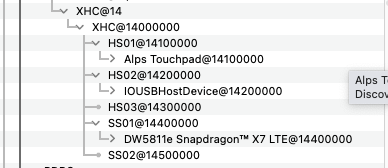
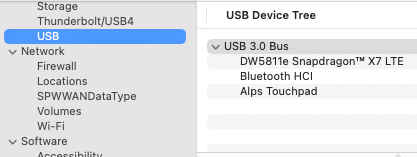
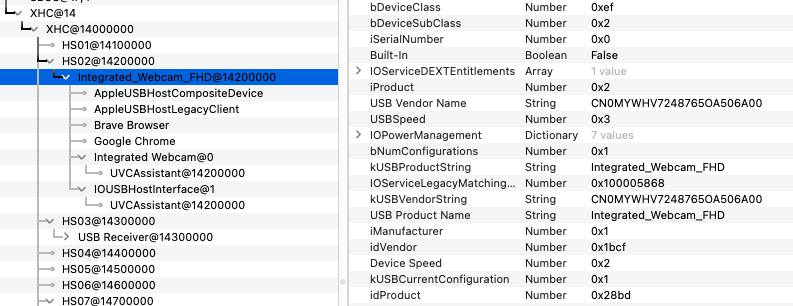


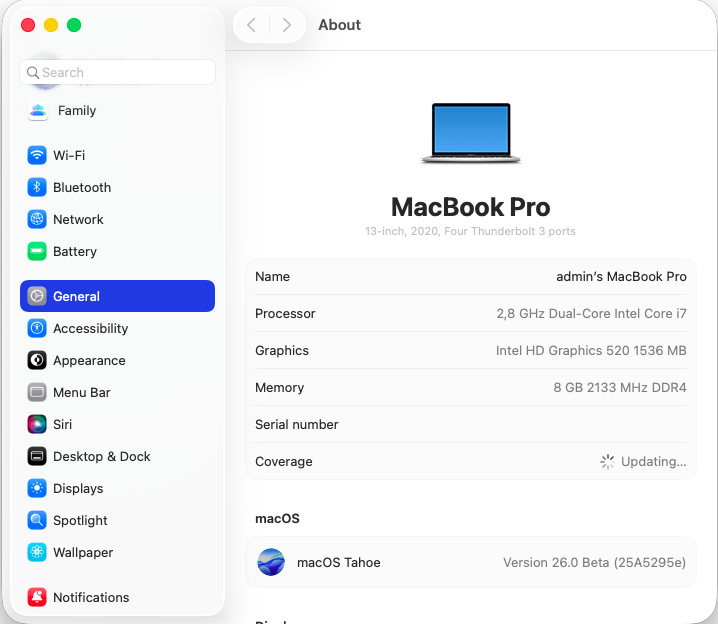
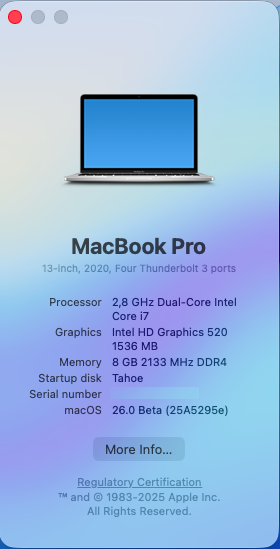

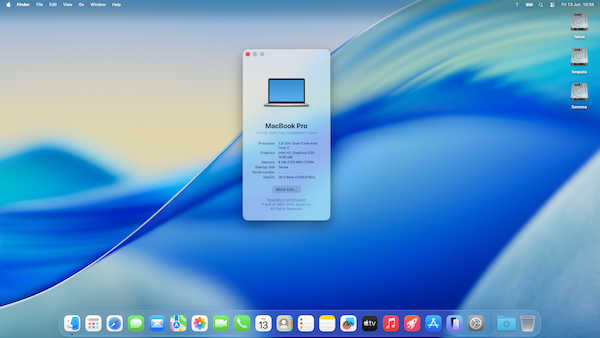
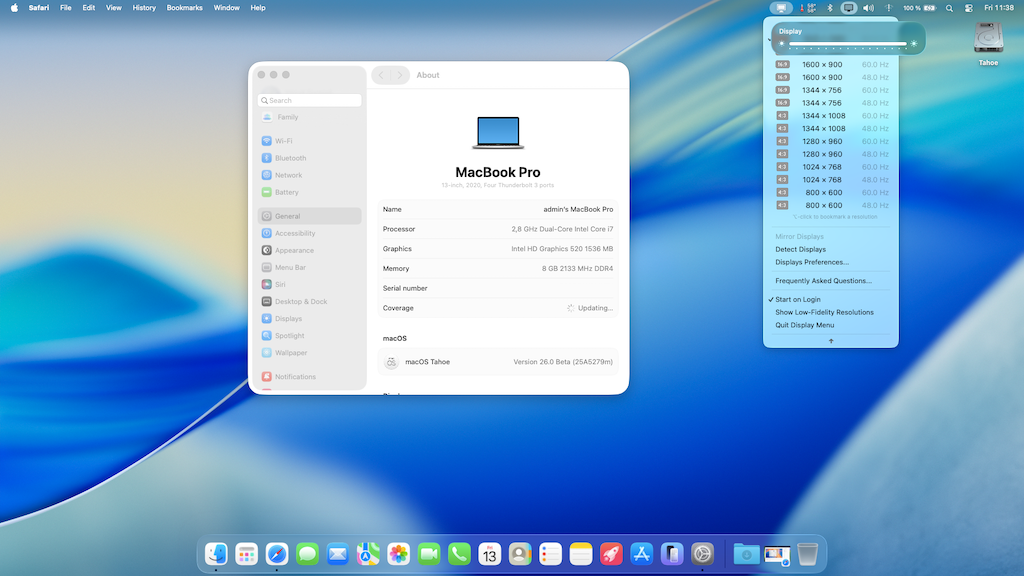
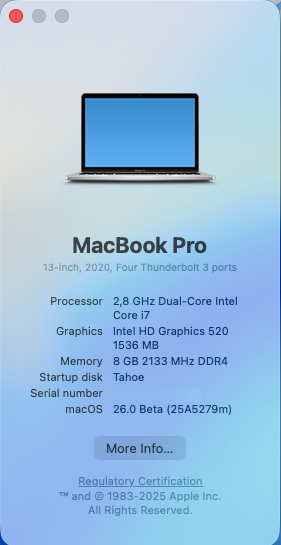
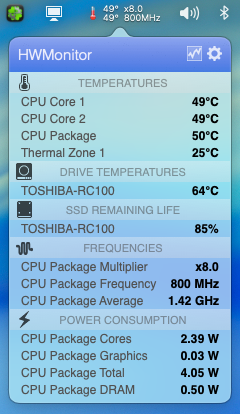
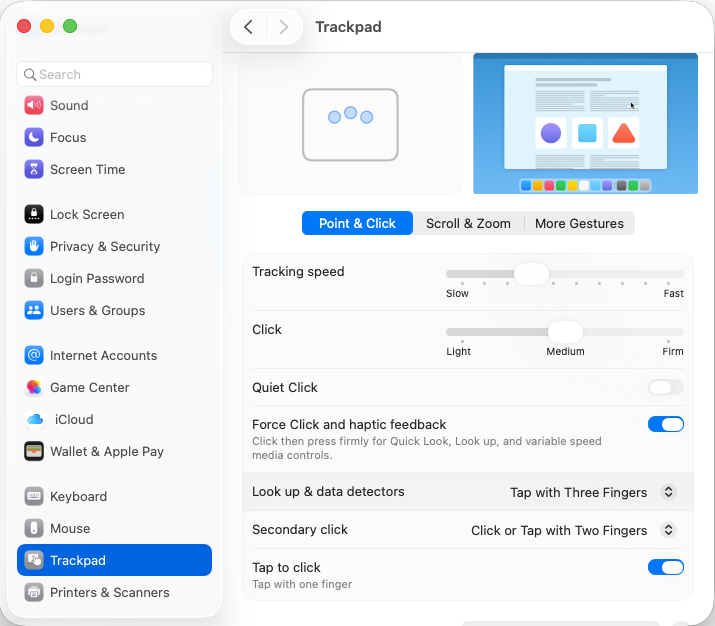
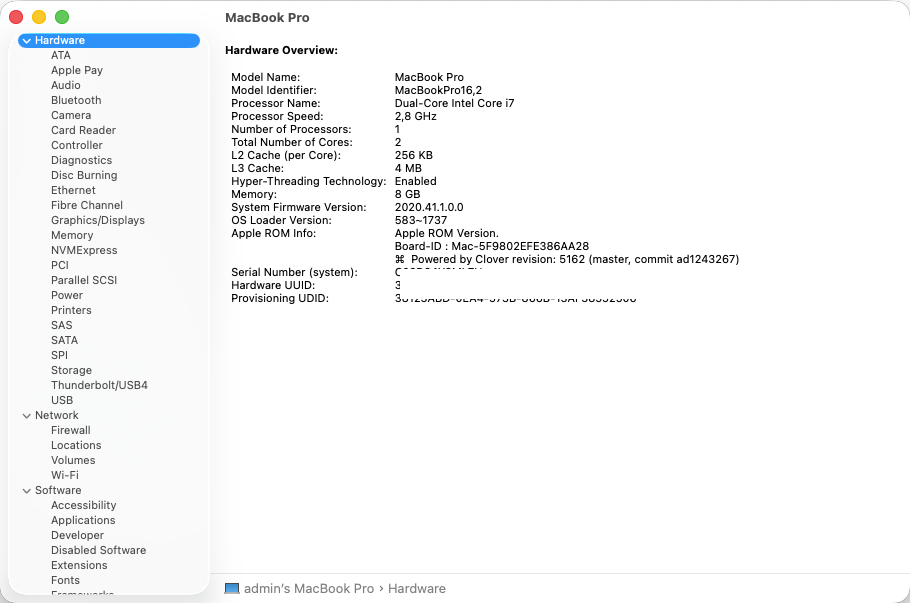
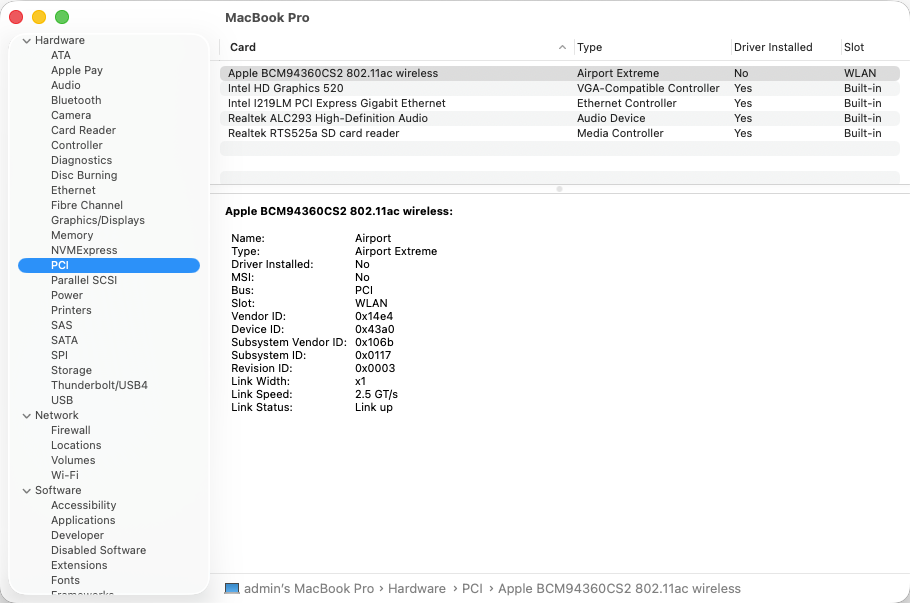
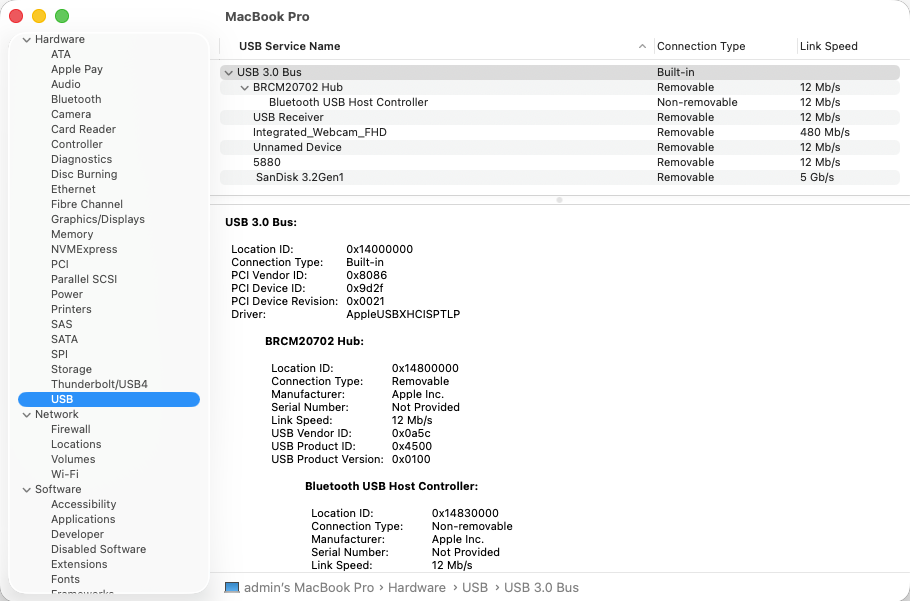
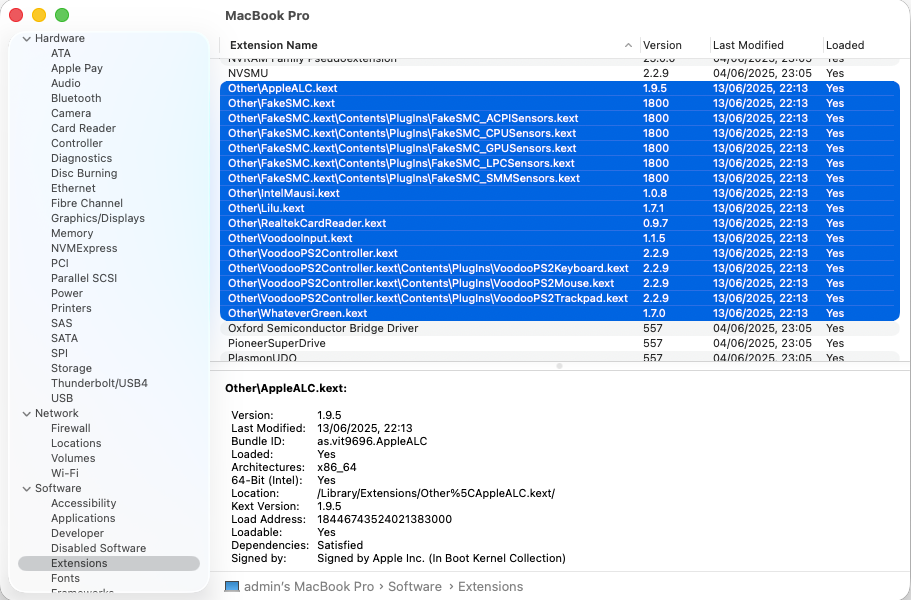
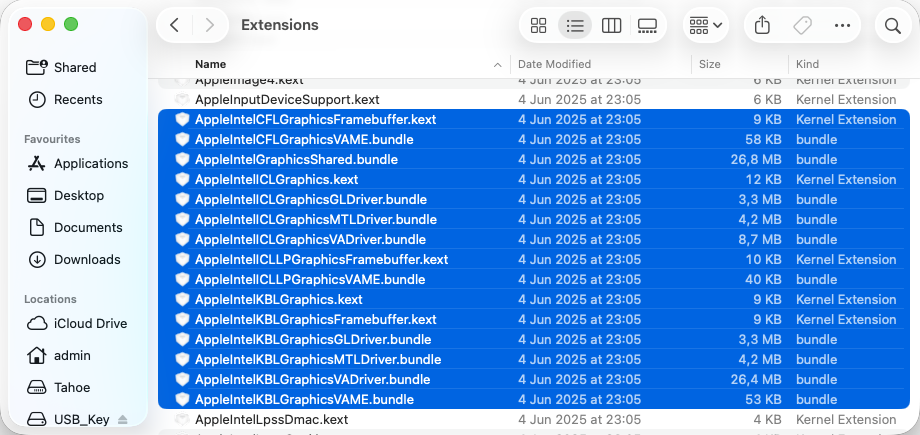
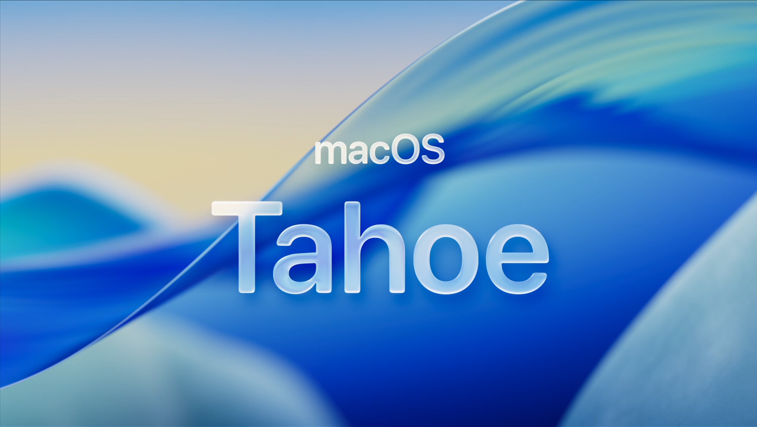
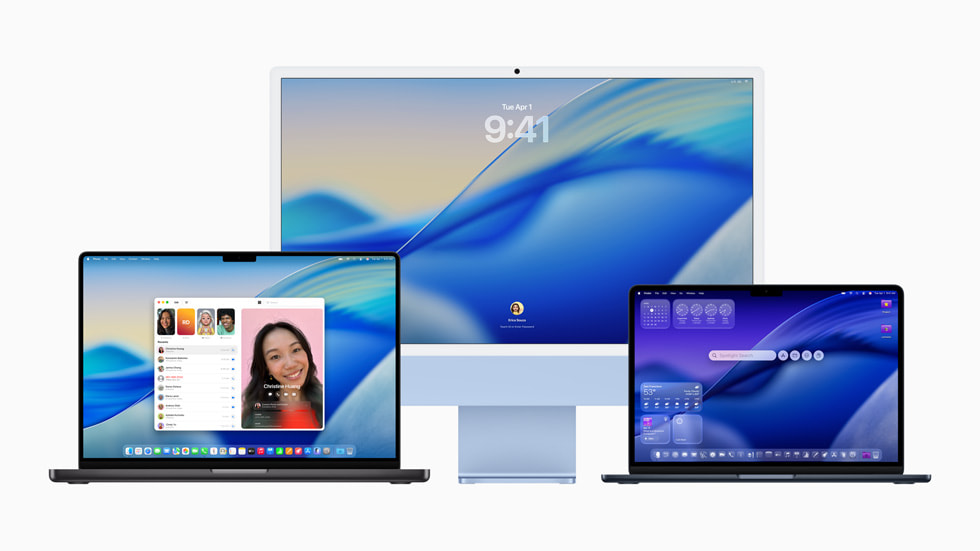
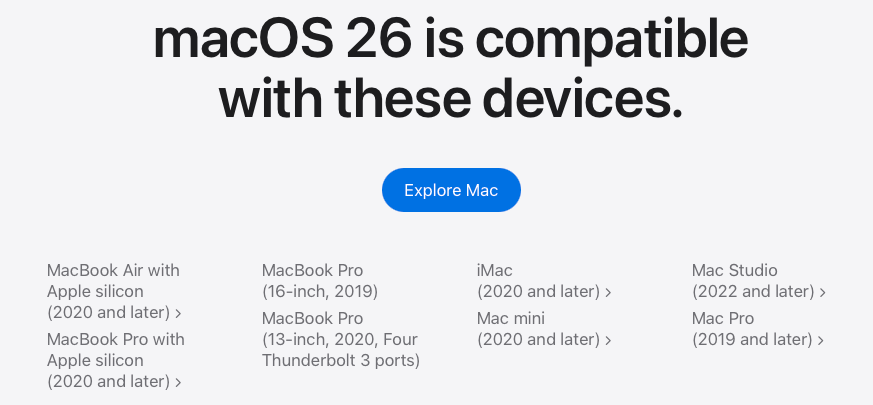


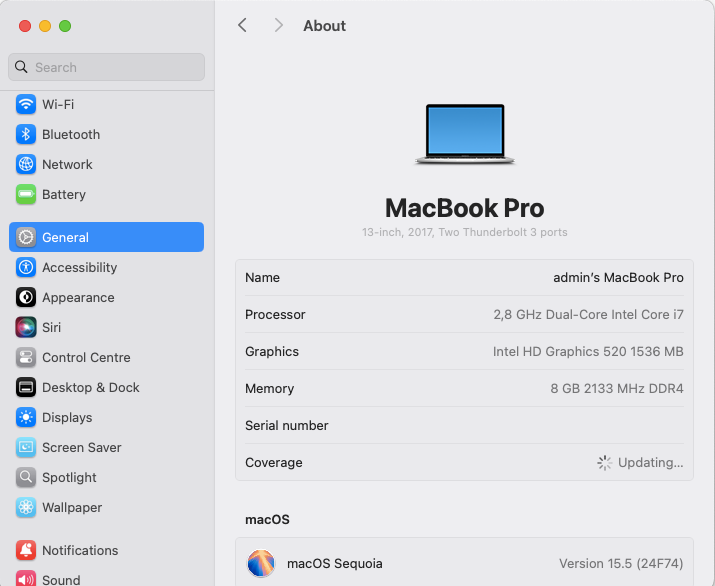
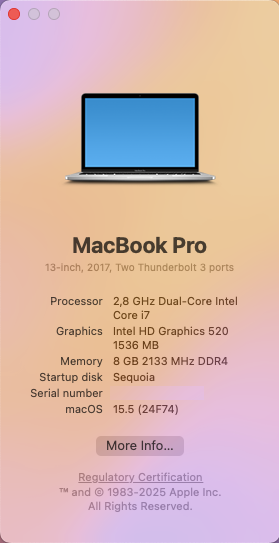
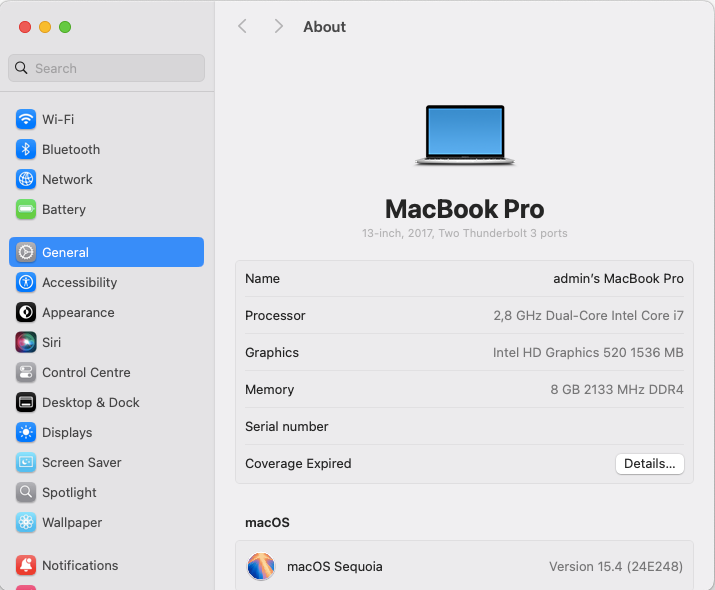
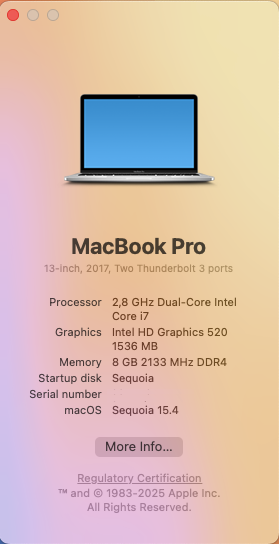
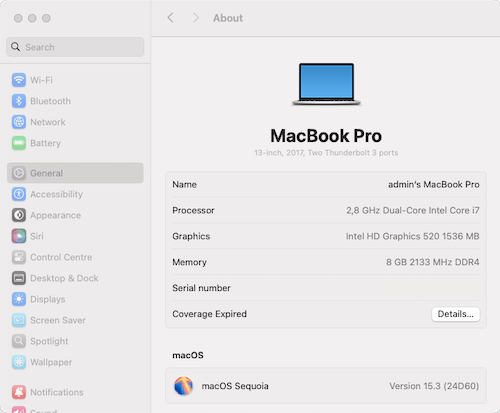
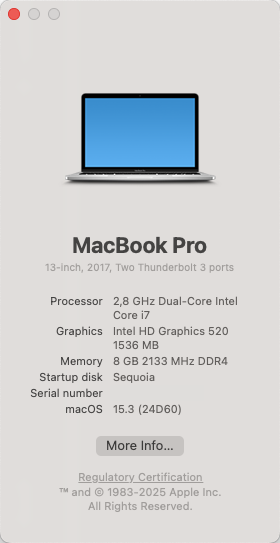



macOS Tahoe 26.0 beta 3 is out
in macOS Tahoe
Posted
Released July 7th, 2025.
Build 25A5306g.
Available through OTA updates though I did a fresh install after I screwed up my beta 2 installation.
Beta 3 installed without signing in my Apple account in order to avoid Vault encryption.
Nice new wallpaper/screensaver.
Same Clover bootpack as for beta 1 and beta 2.